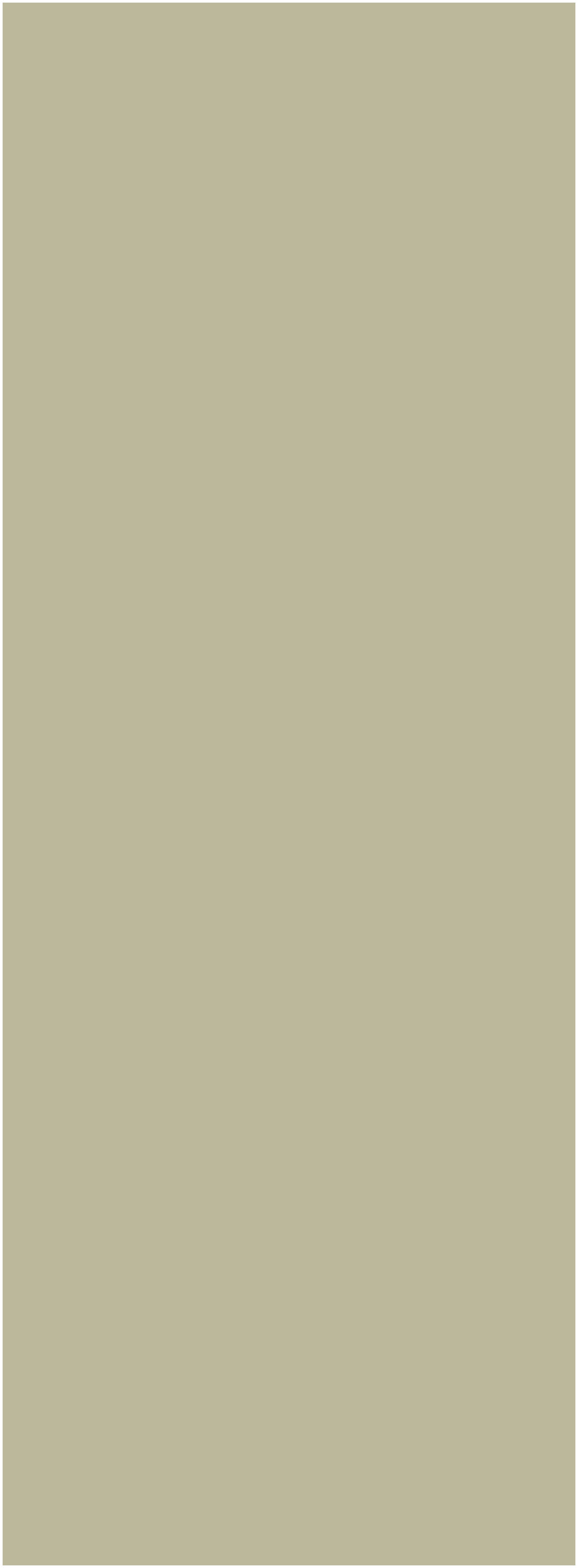
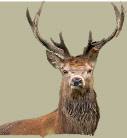


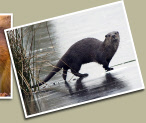
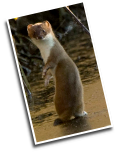
Digiscoping with the Swarovski ATS 80HD & Nikon Coolpix Camera
The Nikon Coolpix CP4500 is a good ‘point & shoot’ camera to pair up with a Spotting
Scope and can achieve surprisingly good results. There are several options available
to mount the CP4500 to the eyepiece of the scope. I use the Swarovski DCB-
To achieve the best results with this set up a solid tripod or clamped monopod is the best option. With higher magnification it is essential to keep the camera/scope absolutely still otherwise the camera shake will make the resulting pictures unusable. I also recommend a cable release to press the shutter. Several commercial adaptors are available to allow a cable release to be used with the CP4500.
SETTINGS
These are the setting that I use:
Always use the camera in full manual mode. ISO is usually set to 200. Shooting at
100 ISO in anything other than full sunlight will not be possible as the resulting
shutter speed will be to slow to capture anything but the most compliant bird! 400
ISO will produce too much noise in the image. Set the focus mode to ‘Macro’-
DIGISCOPE WITH NIKON COOLPIX OR DSLR CAMERA USING TLS800 ADAPTOR?
Deciding which will be the best set up for you depends largely on what you hope to
achieve. With the Coolpix you can use the scope to spot with & bring the camera down
only when you need it. You can use the 30ww or 20/60 eyepieces with the Coolpix at
1-
One of the biggest limitations with the coolpix is slow shutter release making a it difficult to capture a shot before the bird has moved. This can be achieved easily with the TLS800 set up & a DSLR camera body. It is also much harder to ‘find’ a bird using the liveview screen on the back of the coolpix. This limitation makes it virtually impossible to take flight shots using the coolpix. Flight shots can be achieved with the DSLR/TLS800 combination with practice but you do have to get used to manually focusing the scope while tracking the bird in the viewer. This is much easier looking through the DSLR viewer than using a liveview screen but a solid tripod or monopod is essential. A monopod is especially good for stalking a subject. The TLS800 is a bayonet type fitting so you can quickly change it for an eyepiece should you wish to use the scope for spotting rather than photography.
I find that most of my digiscoping is achieved with the TLS800/DSLR set-
Of course, once you have your pictures you are limited to a 1.5 mb file shot on a
4 megapixel sensor with the Coolpix. In contrast, the DSLR will be able to capture
RAW files of 12 mbs & higher allowing for more flexibility in post-
Do Pixels Matter?
This question is often asked, and is due to the high relevance placed on pixel count by the camera manufacturers. A far more important question would be, how big is the camera sensor?. Look at the image below:
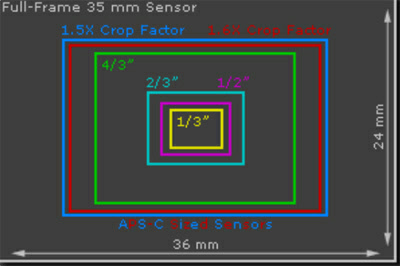
The yellow outline is the typical size of the sensor found in a point and shoot camera, compare this in size to the white outline illustrating the size of a ‘full frame’ camera chip.
In practical terms this means that on any sensor the larger the number of pixels the smaller each individual pixel will become. As pixels reduce in size their ability to accurately record light information reduces and ‘noise’ levels significantly increase in the resultant images.
In a point and shoot camera with a small sensor a 4 -
As a general guide, when using a ‘point and shoot’ camera set the ISO as low as possible
Make the images ‘fill the frame’
To obtain the level of detail viewed in the example Nuthatch image the bird must ‘fill the frame’, cropping images will always significantly reduce image quality.